I am fortunate to live in a place of great natural beauty. While the Pacific Ocean dominates much of the landscape, we are also partially surrounded by mountains. I grew up in the flatness of the San Joaquin Valley, a couple hours’ drive from both the sea and the Sierra Nevada but not near enough for either to have any appreciable effect on daily life. When I first moved here from the Sacramento area to start graduate school, I felt claustrophobic because I had been used to looking out in any direction and being able to see for miles around. I’ve long since grown accustomed to the fact that the only miles-long vistas we get are over the ocean and have come to appreciate the proximity of the mountains.
Here we are ideally situated so that ocean and mountain forest are close enough that both can be explored in a single day. And in fact, I did just that the other day, on Boxing Day. The elephant seal (Mirounga angustirostris) breeding season has started, and I wanted to go up to Año Nuevo State Park to see them. Alas, this idea didn’t occur to me soon enough to purchase tickets for the docent-led tour to the elephant seal reserve area, so we didn’t get close to the seals. But it was a gorgeously clear day and the scenery was every bit as spectacular as you’d expect from this part of the coast.
Año Nuevo Island lies a short distance to the southwest off Año Nuevo Point and is reachable only by kayak. The island is a marine wildlife refuge closed to the public, uninhabited by any humans except scientists. Elephant seals, northern fur seals (a type of otariid, or eared seal), rhinoceros auklets, western gulls, and Brandt’s cormorants all breed on the island. California sea lions don’t breed on the island, but several thousand use it as a haul-out site throughout the year. During the elephant seal pupping season white sharks come to the waters around the island to feed on pups as they learn how to swim.
It is not common for the air to be so clear. Usually there is fog or haze that obscures the buildings. There used to be a lighthouse on the island; the dilapidated tower was pulled down in the early 2000s to safeguard the wildlife. Some of the other buildings–a 19th century residence and foghorn station–are currently used as research facilities.
Even without a ticket for docent-led tour of the elephant seal reserve area, you can hike to the staging area from where the tours depart. The trail passes a freshwater pond that is home to two endangered California herps: The red-legged frog (Rana draytonii) and the San Francisco garter snake (Thamnophis sirtalis tetrataenia). Years ago I had a colleague in graduate school who studied the elephant seals up at Año Nuevo. I went in the field with him one day and got to wear the special blue research windbreaker. He told me that before being allowed to drive into the reserve area all of the researchers have to take a driving test that involves not running over plastic snakes that are placed in the road. This is to make sure that the endangered snakes won’t be inadvertently killed.
We ate lunch at a lookout point of the tour staging area. Because the air was so clear we could see quite a way down the coast. Highway 1 as it passes under the cliffs immediately north of the Waddell Beach is visible at the far right edge of the photograph.
After lunch we headed away from the coast and drove up Gazos Creek Road a few miles into the forest. It took all of about 15 minutes to go from beach to redwood forest. How cool is that? Two completely different ecosystems to explore easily within a day. Even the weather was different: sunny and warm at the beach, much cooler and damper among the trees.
Although we were up in the redwoods, this day I was fascinated by all of the moss growing on the trees. We’ve had a decent amount of rain so far, and the forests are satisfyingly wet and squishy. The creek we followed had washed out a bit of the road in a couple of places, and was closed to all traffic about 5 miles from the highway.
We didn’t have a lot of time to poke around in the forest, but since we were in the area we stopped at Rancho del Oso on our way home to visit my favorite tree. Rancho del Oso is at the bottom of Big Basin Redwoods State Park. I take my ecology students there for the first field trip of the semester, because there I can introduce them to two of the ecosystems that define the natural history of Santa Cruz.
My favorite tree is a coast live oak (Quercus agrifolia) that lives just off the trail at Rancho del Oso. I love its gnarled branches that grow horizontally at ground level. It is an old, wise tree. Looking through its branches you see into the redwood forest of Big Basin. I normally photograph this tree at a different angle, looking into the forest away from the trail. This day I decided to shoot it from an angle parallel to the trail. I don’t think it’s quite as dramatic from this angle but there’s no denying the magnificence of the tree.
Rancho del Oso is also the downhill terminus of the Skyline-to-the-Sea trail. The entire trail is about 30 miles, and most hikers take two or three days to hike the whole thing. I’m not much of a backpacker but one of the things I’d like to do this spring is the day hike from Big Basin down to Rancho del Oso. Doesn’t that sound like great fun?

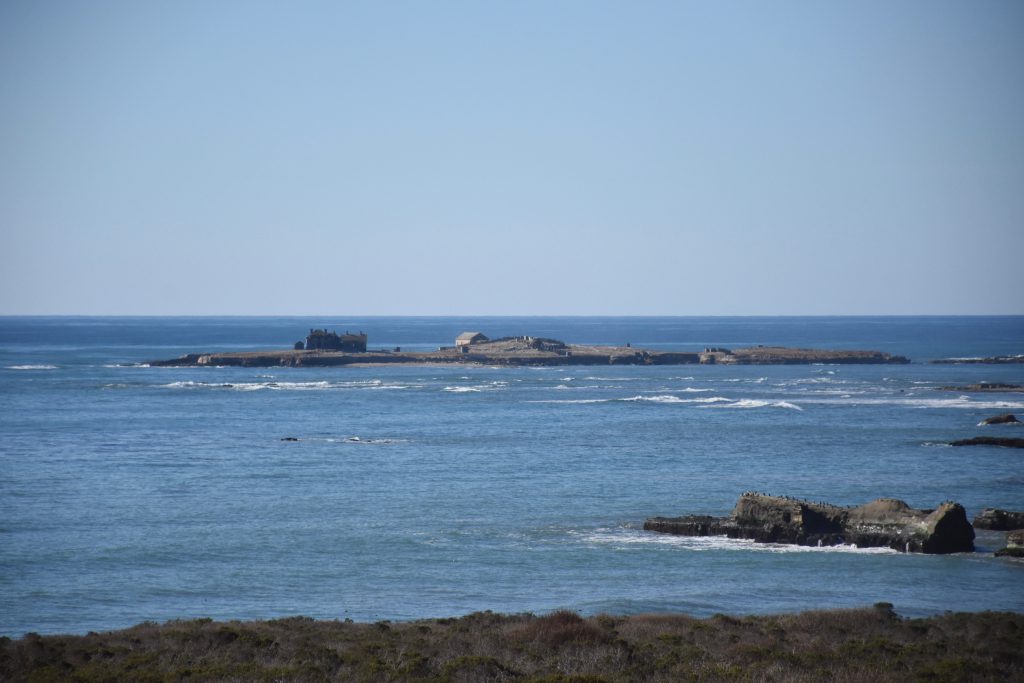
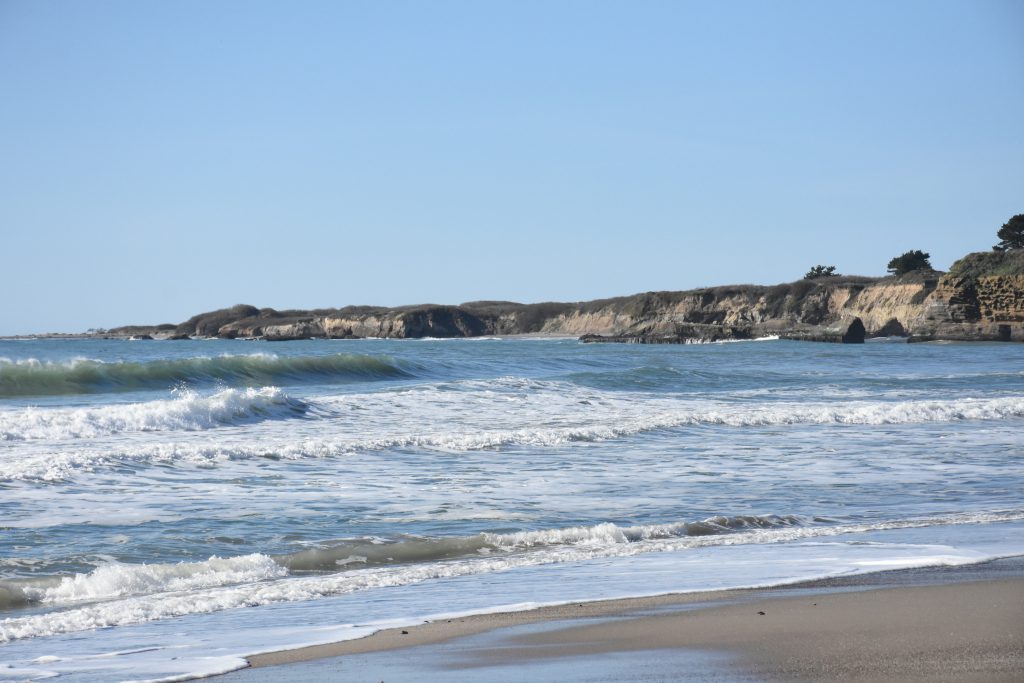
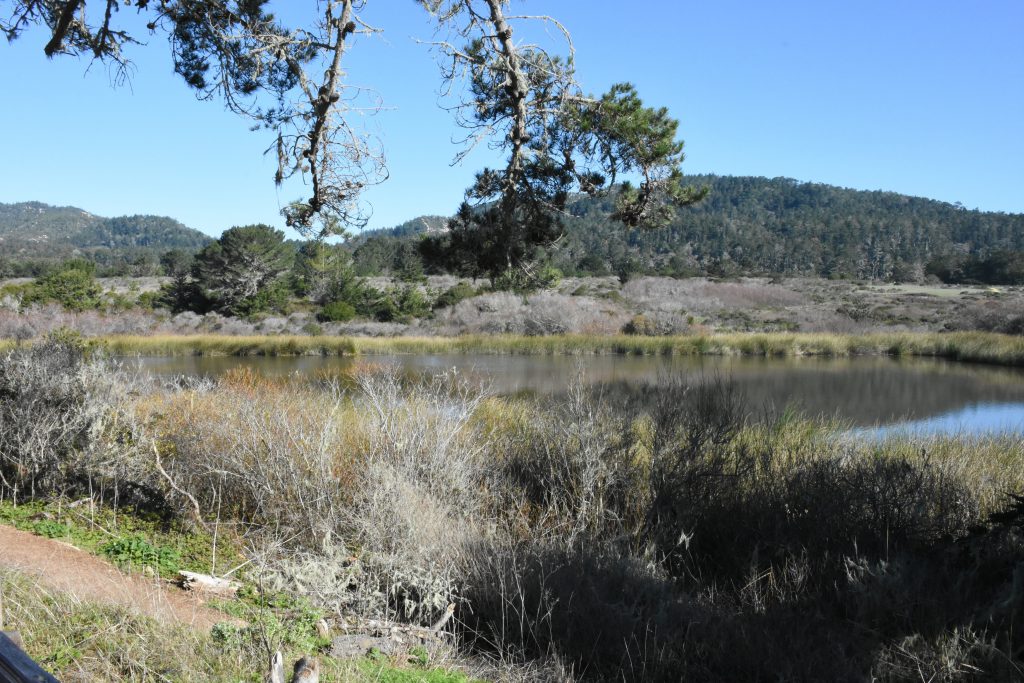
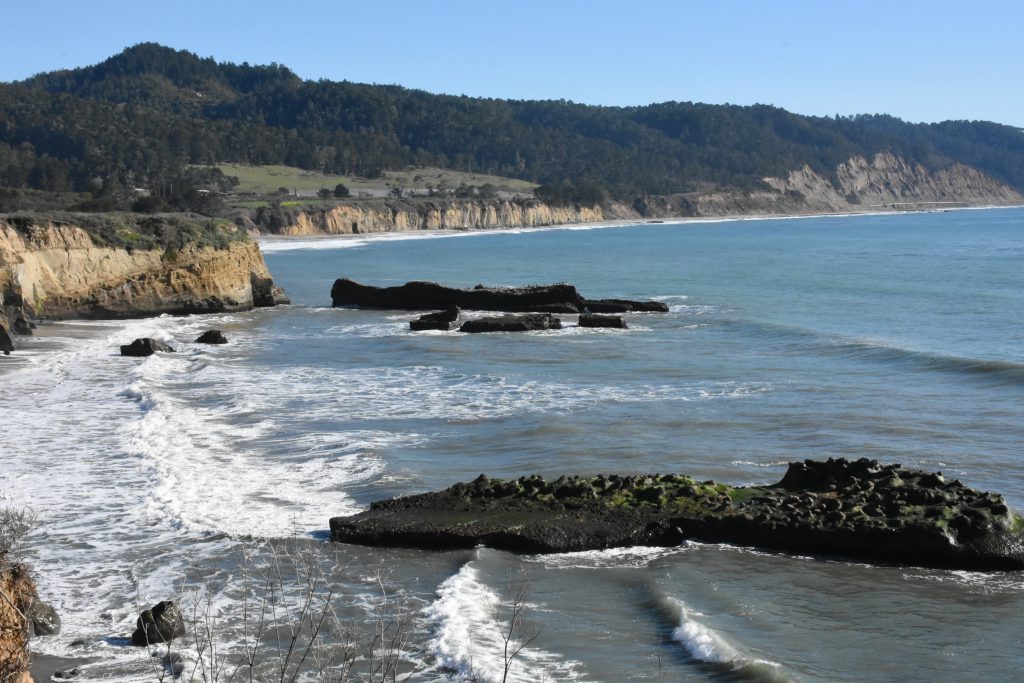
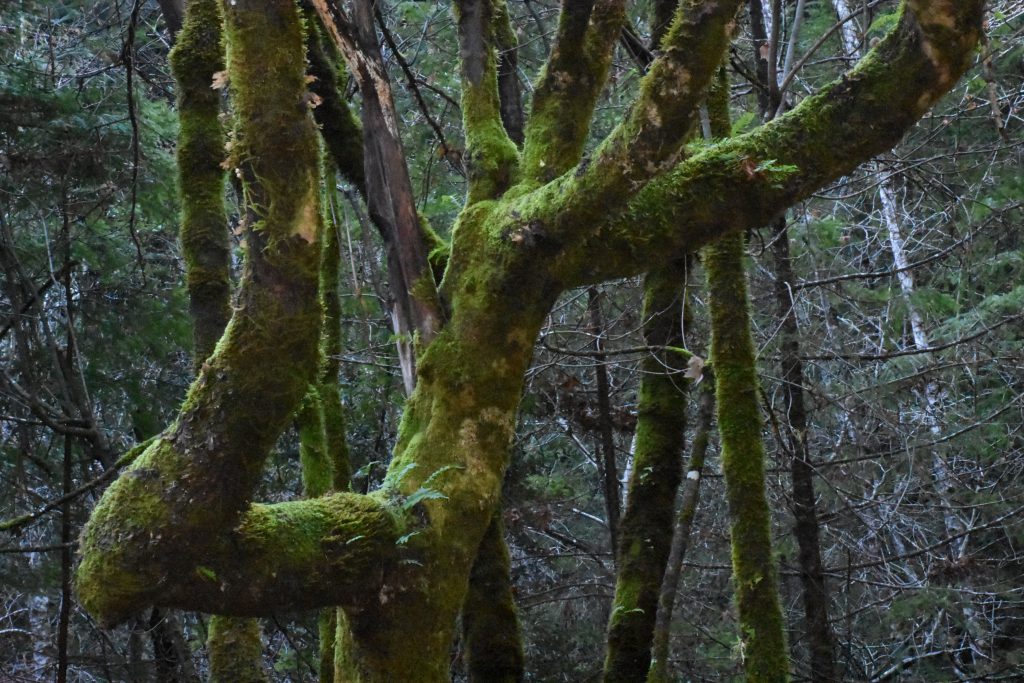
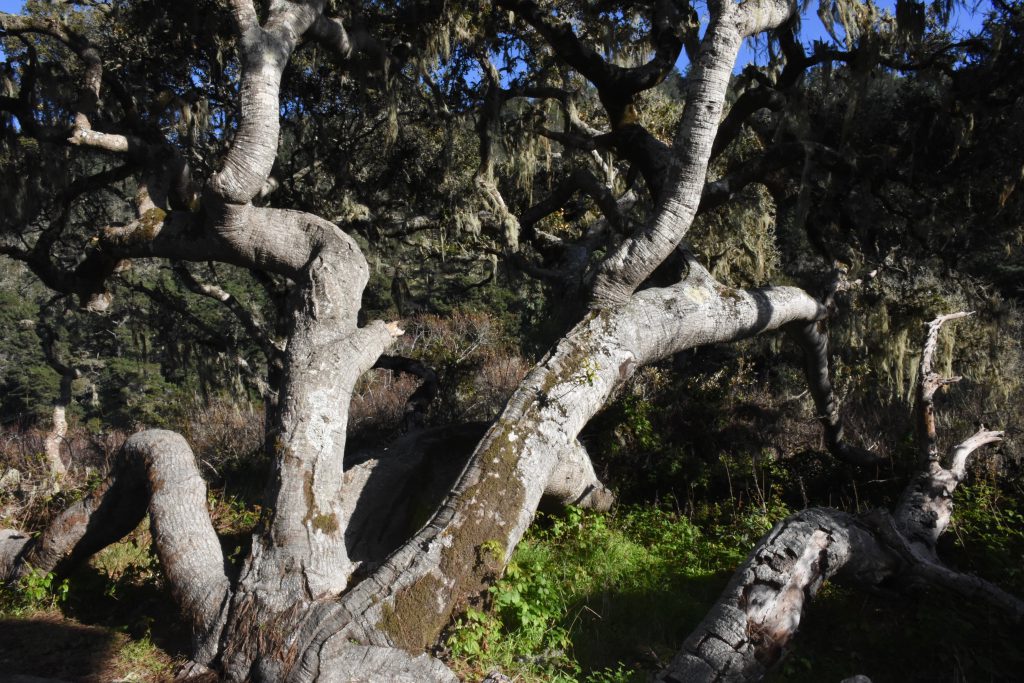
Nature is just so beautiful. As long as there is no human touch in it, all the other species live a good life.